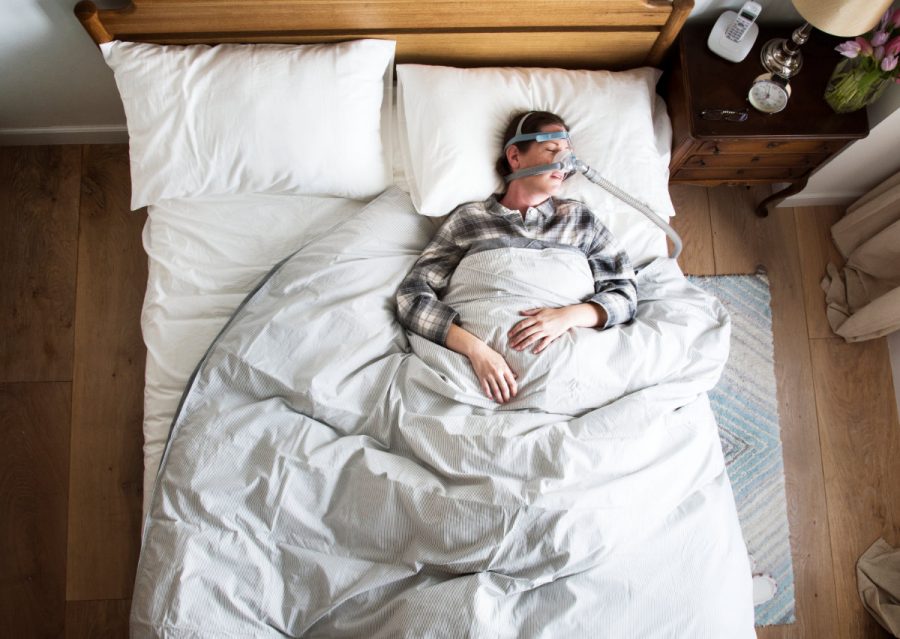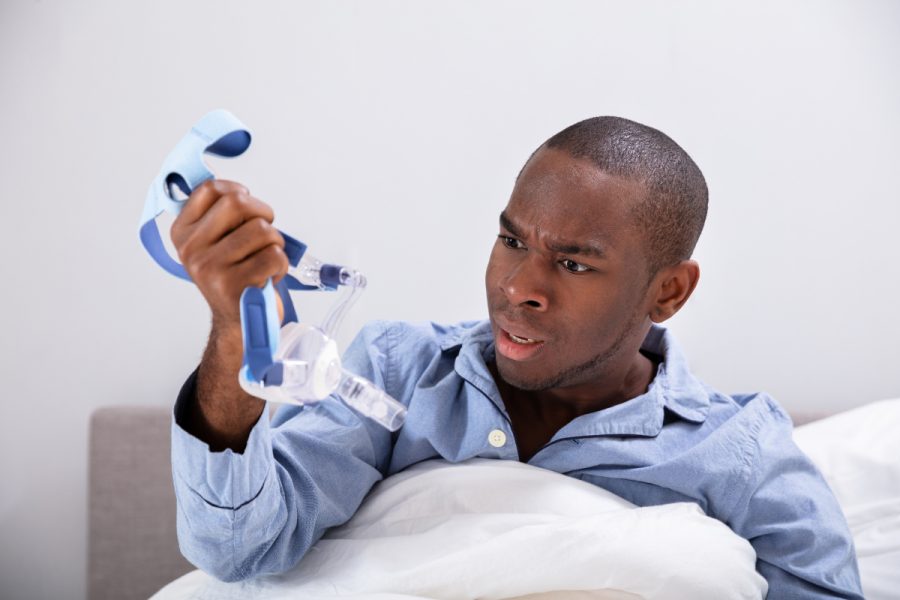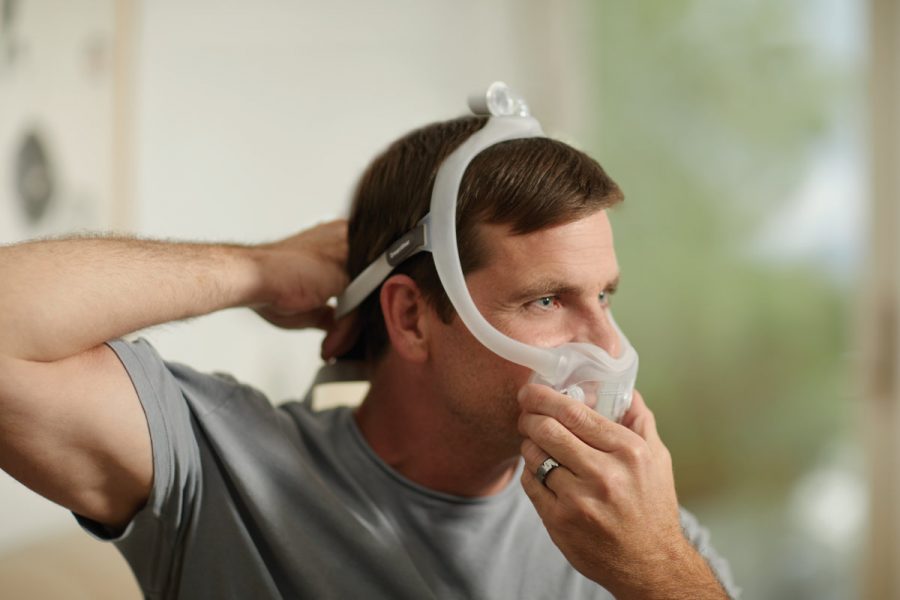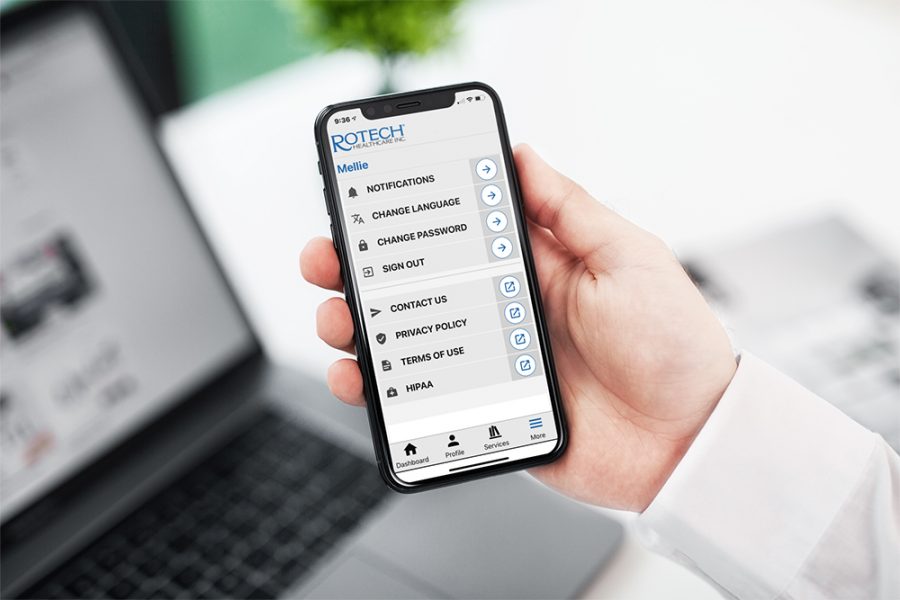New 5-year $425 million Credit Facility
ORLANDO, Fla.— On December 17, 2020, Rotech Healthcare Inc. (Rotech) entered into a new $425 million amended and restated credit agreement with a diversified group of lenders including Truist Bank, as Administrative Agent, Swingline Lender and Issuing Bank, Citizens Bank, Fifth Third Bank, National Association, and Regions Bank, as Co-Syndication Agents, Truist Securities, Inc., Citizens Bank, Fifth Third Bank, National Association, and Regions Bank, as Joint Lead Arrangers and Joint Bookrunners and Manufacturers and Traders Trust Company, as Documentation Agent (the “Credit Agreement”).
The Credit Agreement is comprised of a $335 million five year term loan, a $15 million revolving credit facility and a $75 million acquisition credit facility. The proceeds of this transaction were used to pay a $100 million special dividend to the Company’s parent as well as provide a $75 million acquisition credit facility to support the Company’s continued strategy to grow through strategic acquisitions. At close, the Company has in excess of $75 million in cash and undrawn revolver.
“I am pleased with the completed refinancing and want to thank Truist, Regions, Fifth Third, Citizens and M&T for leading this effort,” said Tim Pigg, Chief Executive Officer of Rotech. “This new credit agreement provides Rotech with sufficient capital over the next five years to continue our growth strategies as well as to provide a $100 million special dividend to our holding company.”
Mr. Pigg went on to say, “2020 has been a very challenging and successful year for Rotech as we continue to focus on being part of the solution to the COVID-19 Public Health Emergency. We have focused on assisting hospitals discharge patients as soon as practical to keep as many beds available as possible. As a result, we have continued to grow all our major product lines and improve profitability by controlling costs and leveraging our fixed cost infrastructure. In addition, we continue to enhance our state of the art technology platforms including our new, first in the industry, patient portal and mobile app.” Mr. Pigg went on to say, “the expanded $75 million acquisition credit facility will allow Rotech to continue its acquisition strategy leveraging our clinical programs designed to help patients to remain in their homes and avoid costly inpatient care. We have successfully acquired and integrated over 65 businesses over the last four years.”
Rotech is one of the largest providers of home medical equipment and related products and services (collectively referred to as “HME products and services”) in the United States, with a comprehensive offering of oxygen, other respiratory therapy equipment and services and wound care equipment and supplies. The Company provides HME products and services in 50 states through approximately 300 operating locations.





